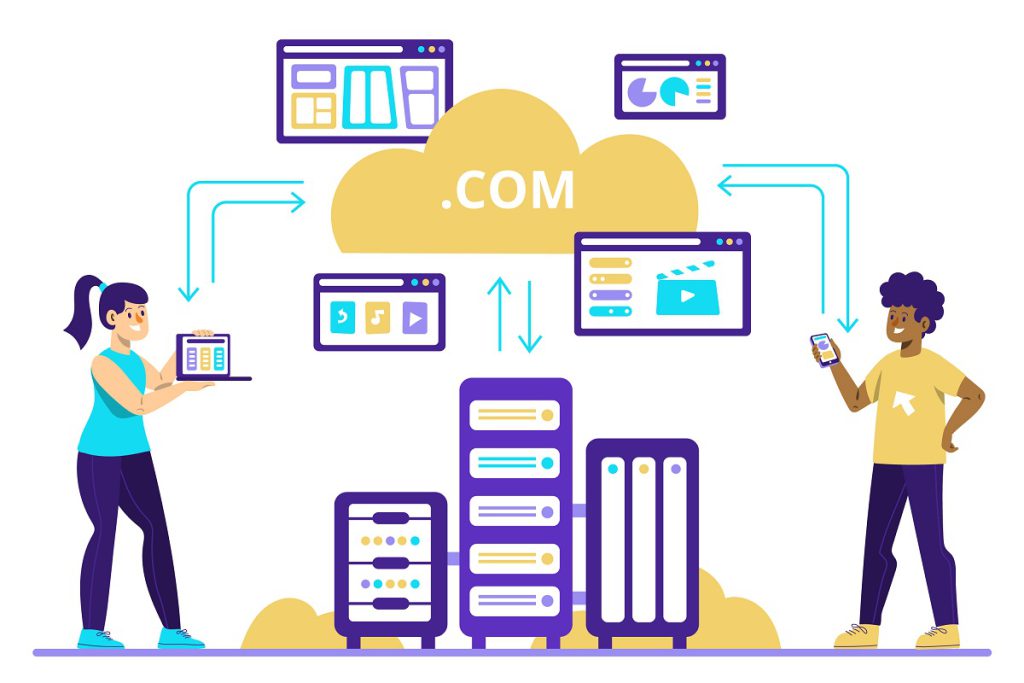Businesses use AWS extensively to store infrastructure, and as more businesses do so, the security of AWS is crucial. This is actually true because AWS offers strong security services, yet it is up to you to make proper use of them.
This article is designed specifically for beginners in AWS security, and it will guide you through some of the most basic yet crucial practices for securing your AWS accounts and resources.
There are three relatively minor but significant issues you must tackle at the moment: identity and access management, encryption, and monitoring.
This article will provide you with the step-by-step process to bootstrap core security controls that will enable safe operation in the AWS cloud.
Identity management and access control
IAM provides secure authentication and implements access control policies for AWS resources and services.
It is good practice to set up IAM right from the start to avoid granting generic permissions and only grant users access to what they must work with.

Here are key steps for IAM security:
IAM User Switching:
This is an optional feature that allows a user to switch to another user and perform actions on behalf of that user’s IAM password policy Set
IAM Password Policy:
This entails setting password policies for users, including password expiration period, password length, and password complexity. Enable
MFA Delete:
This is also an optional feature that ensures that any deletion of IAM users, roles, or security credentials requires multi-factor authentication. This acts as an added security feature against any accidental mishap or ill-intentioned behaviour.
Related: How to Implement a Zero Trust Security Model on AWS
Create new IAM users:
There is no reason for people to log in to AWS with everyone’s all-powerful root account. Each entity that requires access should have an IAM user.
Use groups and assign limited permissions.
Group together users with similar tasks within IAM and policies that only allow access to specific applications and data. Use the principle of least privilege, meaning starting as a user with the least amount of privileges, but as one requires additional privileges, they will be granted.
Frequently Rotate Access Keys:
To help enhance security, you should frequently rotate your Access Keys The use of Access keys allows you to programmatically access your resources. These should be changed at least once every 90 days to minimize the danger posed by compromised keys.
Read: Top AWS Security Services for Protecting Your Cloud Infrastructure
IAM Roles for EC2:
Use IAM roles as your instances rather than storing the access keys within the instance. Roles offer sufficient security and can also be expired and renewed frequently.
Encryption
This is crucial because it ensures that unauthorized personnel cannot access information like passwords, financial information, and personal details. AWS provides a powerful suite of tools for encrypting the data both while it is in transit and when it is stored.
Here are key encryption best practices:
- Understand What Data You Have: Conduct an assessment of the kind of information that may be sensitive and its locations so that you will know what requires encryption.
- Allow Encryption at Rest: Use KMS keys to encrypt data at rest in an S3 bucket and database storage volumes of NAT instances with user connections. AWSCertificate Manager is a service that permits you to centrally manage and provision SSL/TLS certificates for AWS services and resources that you have authorized to connect to your network.
- Encrypt Data in Use: Data should be encrypted when in use through AWS services for database storage, Amazon S3, root or data volumes, and other persistent data stores using AWS managed or customer master keys in AWS KMS.
- Manage Traffic: HTTPS Connection; AWS Certificate Manager; DNS; HTTPS only to website or application. Make sure all traffic goes through the port.
Read: Why AWS Consulting Services For Business Is Essential
Monitoring, Auditing, & Logging
The first is the need to log and monitor resources and systems thoroughly so that changes and user activity can be seen as possible security threats.
Here are key monitoring capabilities to enable:
- Activate AWS CloudTrail Logs: It captures changes to resources and activities for users or APIs to audit incidents and track unauthorized access.
- Update AWS Config Rules: Utilize the Config to monitor resource changes and perform continuous compliance checks against standards and policies.
- Create a CloudWatch Alarm: CloudWatch can track metrics and also notify SNS when a metric has gone beyond a certain value so that the appropriate action is taken.
- Review Access Attempts in CloudTrail An old-fashioned way of detecting intrusion and hacking attempts is to go through CloudTrail event logs on a regular basis for errors, signs of a warning of access attempts and abnormal activities.
Read: Best Ways to Find Reliable AWS Consulting Partners Online
AMIs should be updated – Ensure using the newest AMI versions with included security updates for EC2, and update this automatically by using AWS Systems Manager to update fleets of instances.
Why Should You Secure Your AWS Environment?
Here are some of the main benefits of securing your AWS environment:
- Protect sensitive data: the first and foremost goal of AWS secure measures is to protect and shield your company’s critical information. Implementing security for your AWS resources is important so that customer information, employee information, and other confidential information is not in any way out there for the public to see or for one to take advantage of. This helps in maintaining trust and ensuring that there are no data breaches in the health facility.
Reduce the risk of attacks: AWS guarding also protects your resources against certain forms of attacks, including DDoS, hacking, and unauthorized access to your resources. Another factor is to thwart the enjoyment that the users get from using the environment. Security measures ensure that the environment is an unattractive area to tamper with.
- Meet compliance requirements: This is especially so since most industry and government regulations demand a certain level of security. AWS can also be properly locked down to help with compliance issues and to make sure there are no penalties or fines.
- Save from the Financial Losses Caused by a Breach: Another benefit of identity management systems is that they contain costs emanating from breaches or abuse. The consequences of a breach or an attack can be extremely severe in terms of financial loss, reduced sales, and a negative impact on the company’s reputation. The idea of good security is that such costs are not incurred to begin with because your cloud resources have not been misused.
- Enhance customer and consumer confidence and credibility: The problem with customers nowadays is that they are highly conscious of their data privacy and security. Combining services with strong AWS security proves to AWS that you value their data, and this boosts their confidence in using the applications and services that you offer.
- Develop a well-coordinated network of defence with multiple echelons. Security has to be applied to different layers in networks, identities, applications, etc.; that way, security is ensured with redundancy in the protection and elimination of single points of failure.
- Gain operational benefits: Identity management and the decision on who has access to which resource also enable you to safely operate resources while gaining insights on how your infrastructure is being utilized.
To sum up, it is possible to state that protecting AWS is beneficial as it offers protection, risk minimization, confidence for your business, and gains for your operations, which makes securing AWS a very wise decision.
Final Thoughts:
Ensure security is always a continuous process by repeating this process time and again as your cloud domain expands and evolves.
AWS provides the resources, and it is up to the user/organization to ensure they are utilized correctly. Adopt these guidelines, and you can design an AWS cloud that is secure, compliant, and protected against risks.
Related Posts:
- Benefits, Tools, and the Role of AWS Consulting Partners
- The importance of AWS Security Consulting Services
- Understanding AWS cloud technologies
For more AWS updates, follow us on Facebook, Twitter, and LinkedIn.




